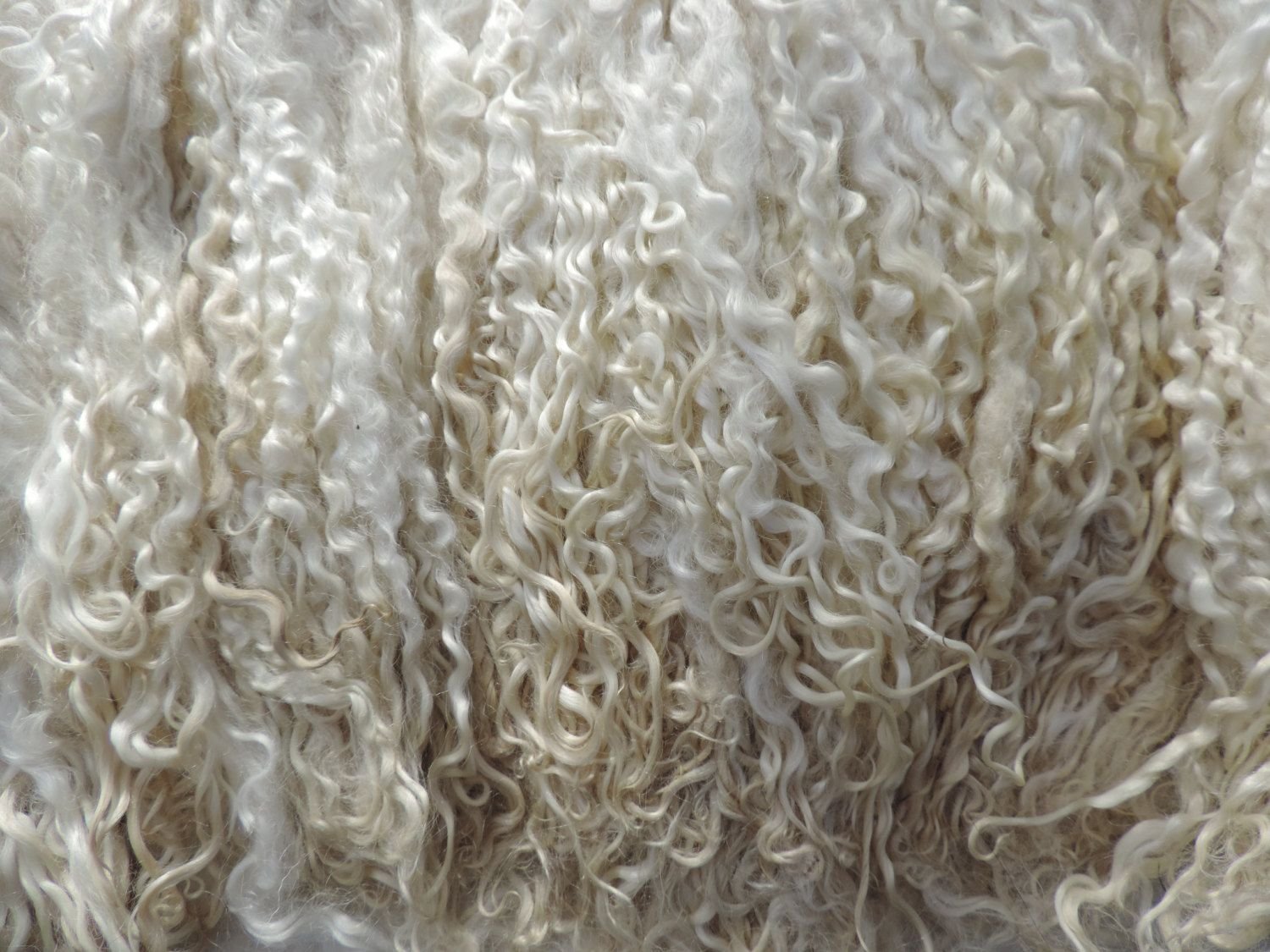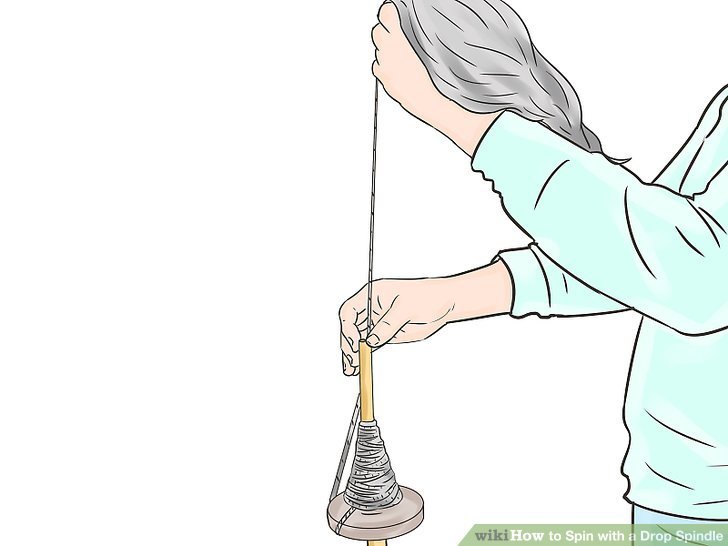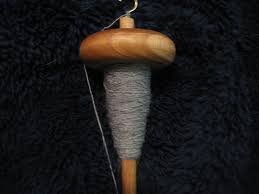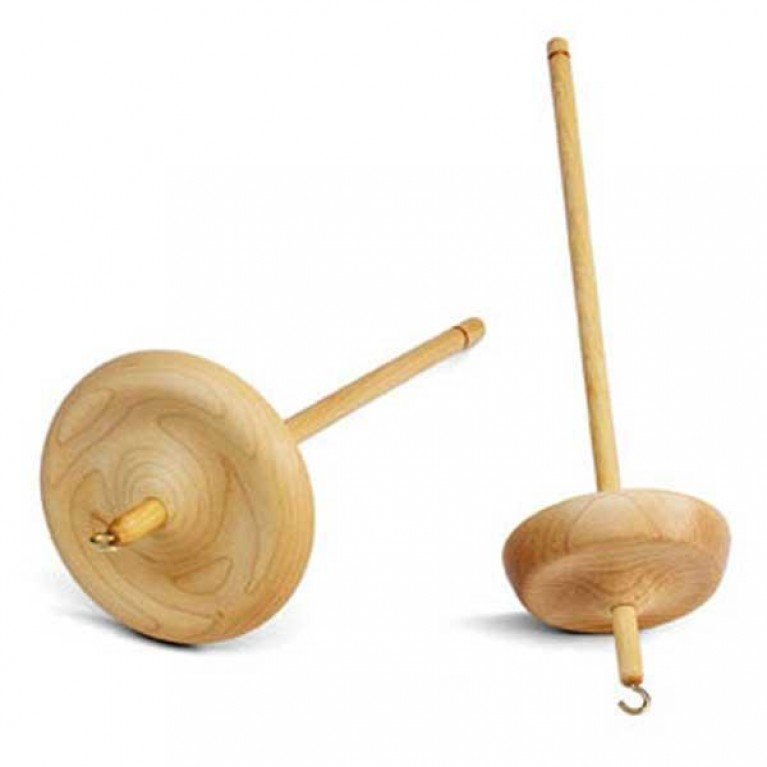Handspinning Wool has been around for 1000's of years. Knitting, although a dying art, is still the best way to get the warmest sweater you will ever own. They are very expensive to purchase hand knit sweaters, so why not try to make one yourself, or buy the fleece, spin it and get grandma, to knit it for you. Knitting is a great past time when the bitter cold sets in and all the chores of the homestead are done, which is really never but hey......even homesteaders take breathers. This post will give you the basics of buying your raw fleece and the tools needed to handspinn your fleece and make wool. Enjoy
There are a few breeds of Sheep that are purely for shaving down just for the fleece. The more common breeds are Rambouillet, Delaine Merino and Bluefaced Leicester, grow the best-quality fleece.

As a homesteader these are the breeds that would be more valuable for both the meat and wool,, Columbia, Corriedale and Romney, for example, also produce fleece that is excellent for handspinning.
Wool is commonly categorized as “fine,” “long” or “down.

Fine wool is soft, but wears less well than coarser wool. It is often worn next to the skin as its extremely thin fibers tend not to itch. Fine wool is perfect for any garment requiring a soft hand or good drape.
Long wool fleece has a wavy crimp pattern, a 5- to 12-inch staple and runs medium to coarse in fineness.
Down wool, This wool runs fine to medium in grade with a short, 2- to 3 1/2 inch, poorly defined staple. The crimp is spiral in pattern, making the wool feel quite spongy, and giving it great resilience and insulating power. Down wool is used primarily for sweaters, socks and blankets.
When Buying Raw Fleece from Local Farmers there are some questions you should ask:
ASK THE FARMER IF THE FLEECE HAS BEEN COATED.
This means the sheep wore a coat during the winter, which protected the fleece from hay and vegetable matter (VM). These fleeces will be significantly cleaner than most other fleeces, and easier to wash.
ASK THE FARMER IF THE FLEECE HAS BEEN SKIRTED.
This means the farmer took all the dirtiest parts (belly, legs) out of the fleece, and removed all the poo "tags." "Heavily skirted" means only the highest quality fiber has been left. Most spinners prefer heavily skirted fleeces to save processing time.
Where can you Purchase Raw Fleece:
The first place you should check is your local farmers Markets. You may also be able to ask some of the local farmers at the market if they are aware of any sheep farmers in the area.
The following are a list of online vendors that carry Raw Fleece:
https://www.lambandwool.com/fleece.htm
The raw fleeces are $6/lb, skirted , plus shipping. They are not displayed on our shopping cart, so if you'd like to order samples or fleeces, just contact us directly at becky@lambandwool.com or (406) 388-4945.
http://ramsteadranch.com/handspinning-fleeces/
How much Fleece do you need to buy?
If you have a favourite knitting pattern which needs 16 50-gm balls of 8-ply equivalent yarn (double knit) you will need to start with at least 1.2 Kilos of fleece to allow for losses in washing and carding. It is helpful to attach a length of commercial 8-ply yarn to your wheel as a visual comparison for thickness as you are spinning. Don’t forget that you must spin to only half the thickness to allow for plying! When buying fleece to spin it is important to buy sufficient for the project you have in mind as it is very difficult to match a naturally coloured fleece exactly if you run out. From the above yield percentages, if your garment needs 1 Kilo of clean spun yarn, then you would need to start with 1.3 Kilos of Cross-bred fleece or 1.45 Kilos of Merino.

Fleece/Wool Terms Defined:
Lanolin: Lanolin (from Latin lāna, 'wool', and oleum, 'oil'), also called wool wax or wool grease, is a wax secreted by the sebaceous glands of wool-bearing animals. Lanolin used by humans comes from domestic sheep breeds that are raised specifically for their wool.
Merino: any of a breed of fine-wooled white sheep originating in Spain and producing a heavy fleece of exceptional quality.
plying: In the textile arts, plying is a process used to create a strong, balanced yarn. It is done by taking two or more strands of yarn that each have a twist to them and putting them together. The strands are twisted together, in the direction opposite that in which they were spun. When just the right amount of twist is added, this creates a balanced yarn, one which has no tendency to twist upon itself.
Canary Stain – a band of unscourable yellow stain across sections of the fleece. Can be a disaster in a white fleece! Check a staple in hot, soapy water to see if it is stain or just a heavy lanolin deposit which will wash out.

Handspinning requires this simple tool, that you don't have to break the bank to buy, it is called a Spindle. There are a variety of spindles found on the market. They are more commonly referred to as drop spindles.

Sources:
http://www.hobbyfarms.com/spinning-a-yarn-of-your-own-2/
http://www.virginiafarmwoolworks.com.au/choosing_a_fleece.html
http://www.instructables.com/id/spinning-yarn/
http://www.wikihow.com/Spin-with-a-Drop-Spindle
http://www.geminifibres.com/Spinning/Spindles.html#.WVJQM5Lytdg
https://www.localharvest.org/sawyers-sheep-M20330
https://www.craftsy.com/blog/2014/07/longwool-fiber/
